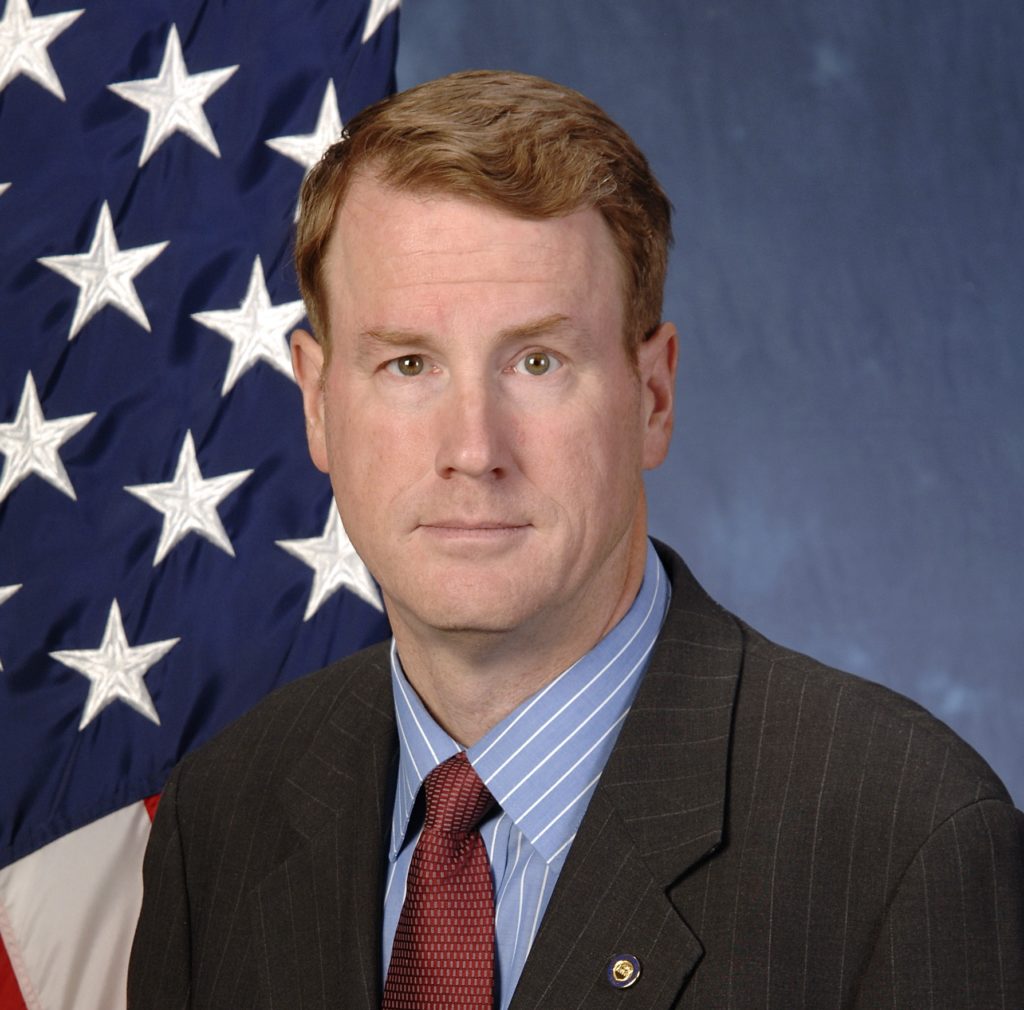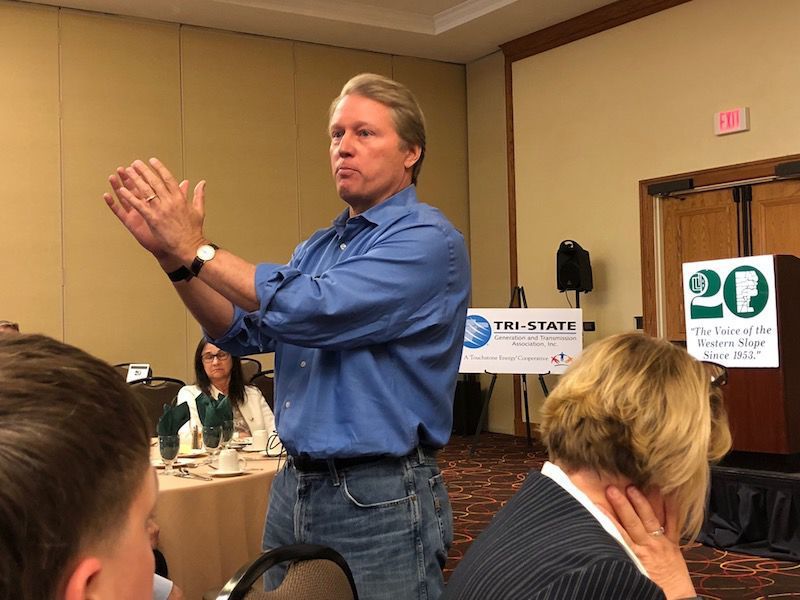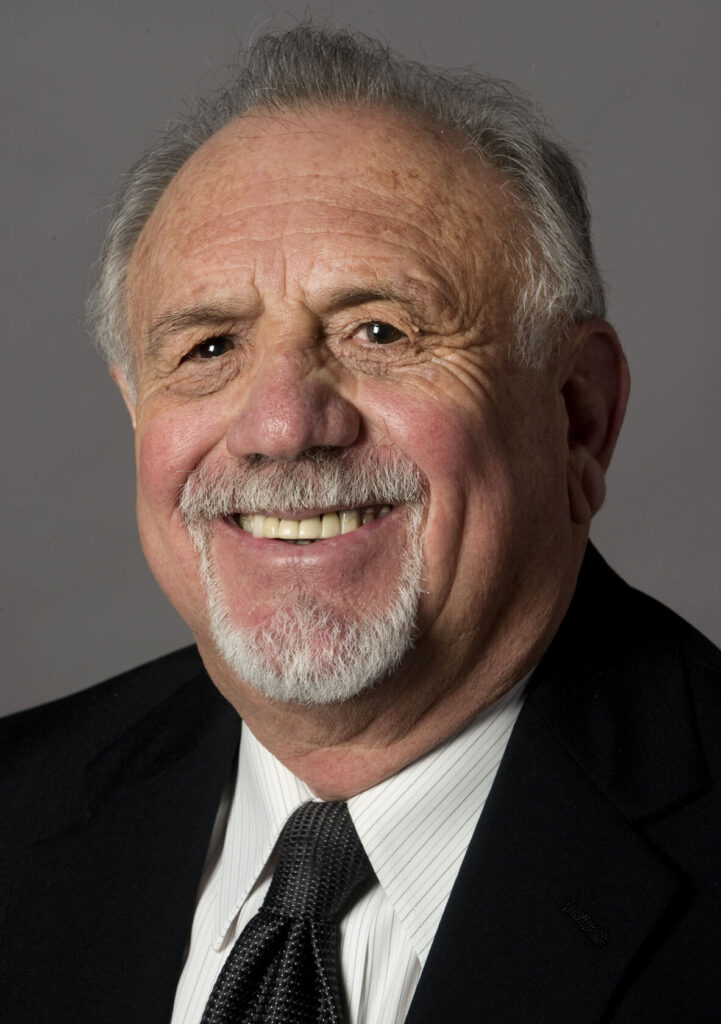The promise of PERA | OPINION

Andrew Roth
The Colorado General Assembly established the Public Employee’s Retirement Association (PERA) in 1931 to serve many of the state’s public sector employees. The concept is simple: workers and employers each contribute a portion of every paycheck to a trust fund professionally managed to earn investment returns. Upon the member’s retirement, they receive a modest, guaranteed payment until their death. Since 1951, PERA has been a Social Security substitute for most PERA-covered workers.
For decades, PERA and many other public pension funds delivered on their promise of retirement security. The boom years following the second World War gave way to the inflationary pressures of the 1960s and 1970s, followed by the prosperity of the 1980s and 1990s. Early in those decades, many pension funds invested mainly in fixed income instruments like U.S. treasuries along with some exposure to other securities and generated annual returns of 8% or higher. By the late 1990s, many pension funds were fully funded or even more than 100% funded, which led to legislatures taking “pension holidays,” reducing or even skipping scheduled payments to fund other priorities. At the same time, benefits were enhanced, often without paying for them at the actuarially determined cost, as happened with PERA.
Stay up to speed: Sign up for daily opinion in your inbox Monday-Friday
The dot-com bust in the early 2000s and the 2007-2008 global financial crisis later in the decade hit investors, including pension funds, with significant asset losses. PERA was no exception. As a result of benefit enhancements implemented by the executive and legislative branches in the early 2000s, coupled with adverse market performance, PERA saw its funded status slip from more than 100% in 2000 to just more than 65% in 2010. Additionally, like many other public pension funds, PERA has adjusted its actuarial assumptions in a more conservative direction multiple times during the last 22 years. The adjustments were made to recognize the reality of declines in covered employee population growth, increased longevity of its members, and the reduced expectation of investment return performance due the evolution of global financial markets.
Like many states, Colorado passed legislation intended to shore up PERA’s finances. Most notably in 2010 and 2018, the Colorado General Assembly added updated (lower) benefit tiers for new workers, increased contribution rates for members and employers and enhanced legislative oversight to monitor progress. The legislation was designed to represent a shared sacrifice among employers, active employees and retirees, and was designed to ensure benefits promised today will be paid into the future.
Through all the changes since its inception nearly 100 years ago, PERA’s mission remains the same: to provide retirement security for our members while ensuring the sustainability of the fund. PERA remains not only a valuable benefit to our members and employers, but also an important part of the Colorado economy, contributing more than $7 billion annually in total economic output to the state of Colorado. PERA is committed to serving our members and beneficiaries while responding to our numerous stakeholders, employers, and oversight bodies. PERA welcomes participation and engagement; information about upcoming board meetings and materials from recent board meetings may be found at: Board and Leadership | Colorado PERA.
Andrew Roth is chief executive officer and executive director for the Public Employees’ Retirement Association of Colorado. Prior to joining PERA, Mr. Roth was the deputy director for the Teacher Retirement System of Texas (TRS), the sixth-largest pension fund in the U.S. with assets under management of more than $185 billion and more than 2 million members.











